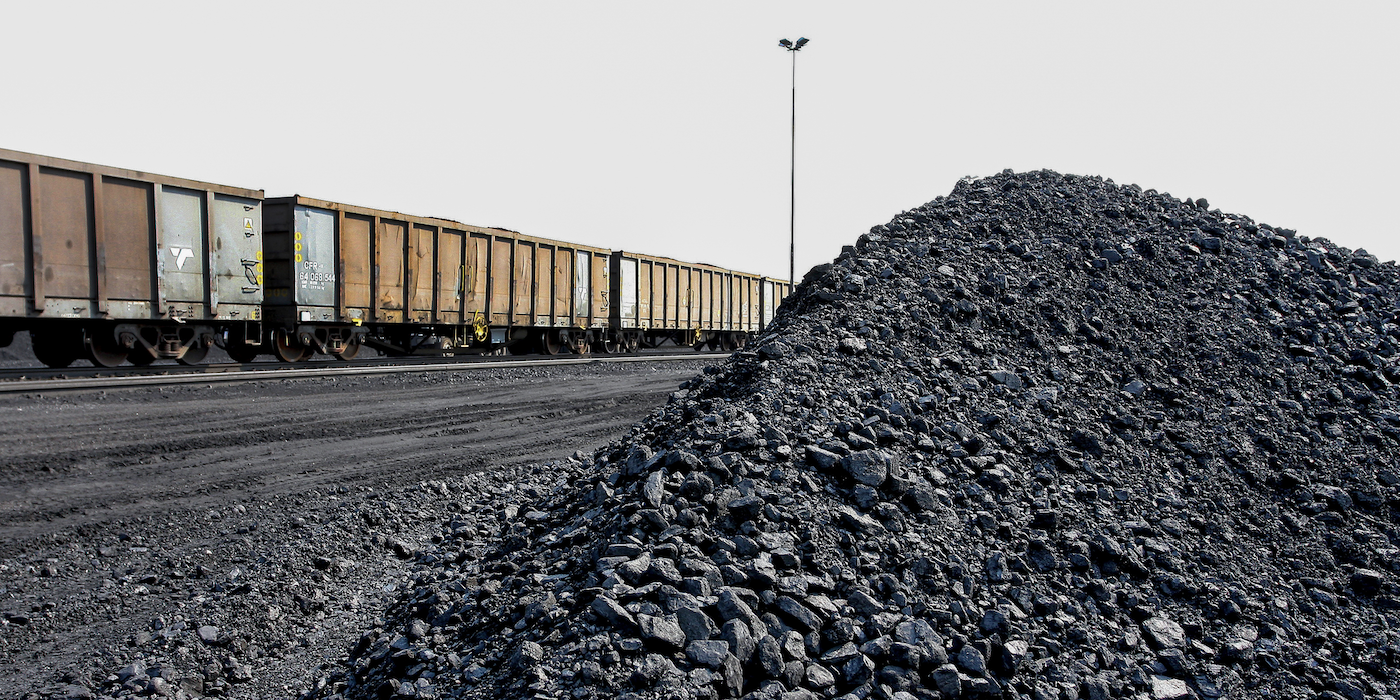Photo 114118043 / Coal South Africa © Michael Turner | Dreamstime.com
By Dennis Webster
Commissioned by PARI, first published in Business Live
Equally stubborn is the gap between what institutions must do and what they can do
As the dust settles on COP27 in Sharm El-Sheikh, Egypt, SA has emerged as a canary in one of global climate politics’ deepest coal mines: climate finance. With the UN estimating that developing countries will require $340bn every year by 2030, questions of how the richer nations that gave rise to climate collapse will help fund poorer nations to transition away from coal could not be more pressing.
SA is the world’s 13th biggest carbon emitter and has one of the most coal-dependent economies. The vast amounts of coal the country burns also results in anaemic growth and job creation, making it one of the least efficient emitters. One of the crucial announcements leading up to COP27 set out a way to fund SA’s transition from that coal.
President Cyril Ramaphosa’s R1.5-trillion investment plan to decarbonise the economy included a breakdown of the $8.5bn committed by the EU, France, Germany, UK and US under the auspices of the Just Energy Transition Partnership (JETP). The partnership’s financing provisions suggest that wealthy nations’ funding of green transitions may come predominantly in the form of debt. More than 60% of the $8.5bn will be paid as concessional loans, while 33% will come as commercial loans and guarantees. It appears that only 4% of the total package will be grants.
The JETP’s deliberations, which reportedly barely included inputs from the Presidential Climate Commission, went on with little public engagement. In that sense they mirrored much of SA’s energy sector, where a lot of work is done, but most without taking the public into confidence. In the words of one senior official, “If you get ahead of yourself, you get klapped.”
This gap between what is being done in SA’s energy sector and what people know about it is a reminder of the enduring lack of political consensus around energy, and that even the best-laid plans go awry in the SA political cauldron.
It is a consensus gap that continues to ring with unanswered but pressing questions. What will the role of the state be in a newly liberalised energy sector? Will it be able to intervene when markets fail? And, maybe most importantly, is SA’s energy transition about a more sustainable future, or is it about solving the country’s industrialisation?
Some of these debates are technical, but the major outstanding consensus remains political. As SA turns its back on ageing coal plants, so workers’ anxiety will deepen. More than 100,000 jobs might be at risk by 2050. On the other hand, there is a huge trade and economic impetus at the heart of business’s response to the climate crisis. The more countries outlaw carbon-intensive production at home the less they will accept SA’s carbon intensive products, and the stronger business anxiety for a huge renewable energy rollout will become.
Dealing with SA’s energy consensus gap will mean dealing with the more stubbornly lodged gap in the state’s capabilities — the gap between what state institutions are able to do and what they should be doing.
Eskom is part of the problem. It will necessarily need to be part of the solution. The utility’s finances — it groans under debt service costs of R80bn every year — are attached at the hip to SA’s. Finance minister Enoch Godongwana’s recent announcement that the government will take on some of its debt notwithstanding, the root causes of Eskom’s problems have not changed. Eskom executives are in the same conversations with ratings agencies they were in five years ago, and are still kept awake at night by fears of a default.
But, while the current Eskom leadership team has done well to improve the utility’s financial stability, its operational components — maintenance and delivery — have suffered. Energy supply is a struggle that had been long in the making. The 1998 white paper on energy policy was clear on the need to build greater energy capacity.
A year later, in an abortive effort to open the energy sector up to the private sector, the government refused Eskom permission to build greater generating capacity. By 2006 we were load-shedding. Calls to procure more energy were ignored in 2015 and again in 2019.
Since 2008, and up to the middle of October 2022, SA has been through about 253 days of load-shedding, according to Joshua Budlender, a researcher at the Southern African Labour and Development Research Unit. In that time, a typical SA household had been without power for 927 hours, nearly 39 straight days.
However, while SA’s most immediate challenge is increasing its energy availability factor, it will mean taking existing plants offline. To do so requires getting right transmission, and praying that new private generation projects are able to cover the shortfall. Even then it remains a mystery just how many years SA’s transmission infrastructure is behind.
To catch up Eskom will probably have to beat its best ever connectivity achievement every year for the next decade. The utility is planning to build 1,500km of grid a year. That’s encouraging. But it has never managed anything near that since the 1970s and 1980s, when it was building about 1,200km a year.
Although they have come late, the right decisions are starting to be made. It is a necessary first step for the huge challenges ahead, the crux of which will be mobilising funds internally — some experts estimate $250bn will be needed over the next three decades — to fund labour-intensive, green industrialisation.
Perhaps the biggest threat to the urgent need for a renewable energy system is a transition that leaves workers behind. But until there is more meaningful agreement on what the problem is that SA needs to solve, these efforts will be hampered at best, and stillborn at worst.
Energy will therefore be on the ballot as much as anything else when the ANC goes to conference in December. The party remains joined at the hip to coal companies and syndicates that are resisting renewable energy, and to the corruption politics that hamstrings the licensing of new providers.
There is a developing strategic consensus among energy experts and across government departments, but it is under severe risk of running up against unresolved politics that would undermine it, and a state without the capability to implement it. SA cannot afford to politicise energy. But it is probably unavoidable.
• Webster is a freelance writer commissioned by the Public Affairs Research Institute.


